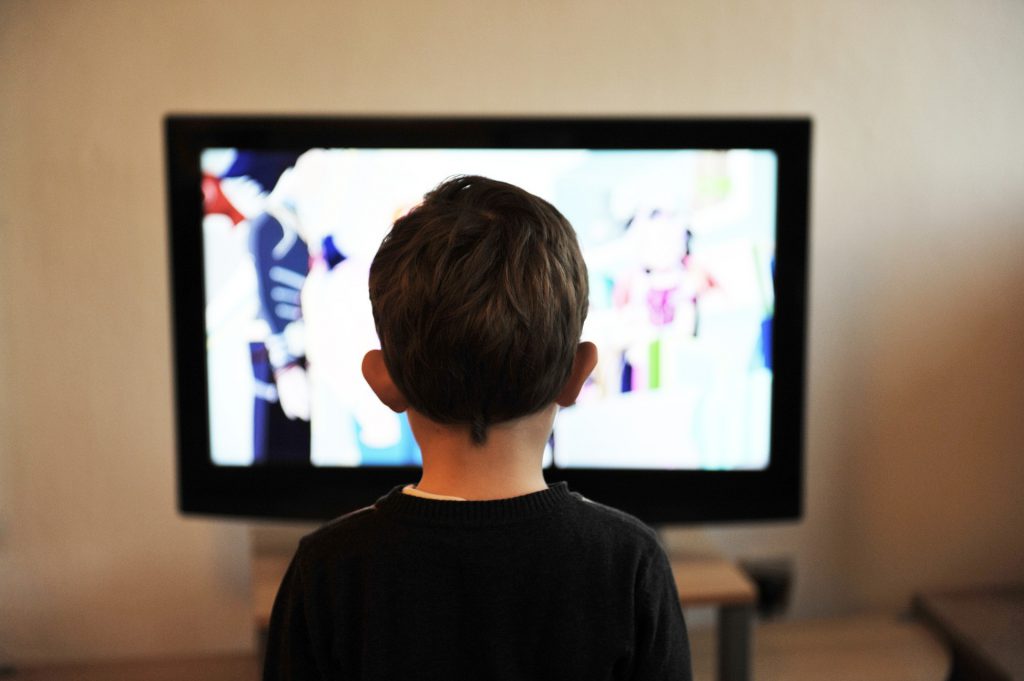So you’ve heard the old AAP guideline that children should have a maximum of two hours of screen time a day, or you’ve heard from groups like Digital Nutrition that screen time is ok, so long as it’s “nutritional” content, positive screen time that builds character in your kids. When it comes to the actual screen time itself then, what sort of thing is acceptable and appropriate to watch?
What are the needs of your family?
Obviously every child has their own needs and every family has their own set of expectations when it comes to determining what makes for appropriate viewing, but there are a large number of groups out there offering standard ways of assessing the appropriateness of material.
Film ratings
The first and perhaps most widely recognised standards are those used for rating films by the BFB in the UK and the MPAA in the US. It offers a good general guideline to the inappropriateness of a film on a superficial level, taking into account bad language, violence, nudity and adult themes, but there’s no guarantee that watching a U (US ‘G’) with your kids will be engaging, encouraging or necessarily hold any redeeming qualities whatsoever.
This is exactly the reason why groups like Common Sense Media (CCM) publish ratings and recommendations based on age appropriateness instead. They focus on how well suited a film is for watching with children and their reviews also include suggestions for conversations you can have after watching to make sure your kids learn something helpful from what they’ve watched.
There are plenty of resources online for finding reviews of films. Make sure that you read up at least a little before letting your children watch something. It’s easy to overlook, as the ease of just switching on the tv can make the extra step of doing a little research seem like too much work, but today it’s easier than ever to quickly find review material and make sure your kids aren’t wasting the screen time you allow them watching something inappropriate or damaging.
Television
Of course, there are plenty of viewing options that aren’t film based. Regular television programming has always been tricky to regulate and keep track of, (though if you’re in the states you can take advantage of the v-chip system), but again sites like CCM can help give you a solid understanding of whether or not a certain bit of programming is likely to be inappropriate for your child. Of course, if your children are watching tv on a mobile device, via the iplayer, nickelodeon, disney channel or other channel app then parental controls like Kidslox can also be used to make sure that viewing happens only under controlled circumstances, when the parents allow it.
Internet
This brings us solidly to the internet. Of course, many internet based tools offer some sort of filtering as part of their service in an effort to ensure that parents are happy to let their kids use the service. These services are generally not bad, but as with all systematic approaches their standards vary from service to service and will likely also vary from yours. Filtering systems also can’t account for your child’s strange tastes. Actually you’re not alone in this by a long stretch, some of youtube’s most popular videos include unboxing videos and commentated video games!
What next
Deciding when your children can watch something on their mobile device is something you can achieve with Kidslox. Deciding what they can watch and how to enforce that is a little trickier and will involve a bit of research into the filtering services offered by the media you use, perhaps some research into specific films, shows and channels and most importantly (as with every element of parental control) it should involve a conversation about it with your kids. What should you talk to them about? Ask them what things they like and want to watch and what it is they like about those shows and channels. Ask them to tell you if they see anything that makes them uncomfortable. Watch together with them sometimes and ask them questions about what’s going on to make sure they’re thinking about it and not just absorbing. When you pay an interest in what they’re watching, it helps them to understand that it’s important, as well as helping guide your parental decision making.





